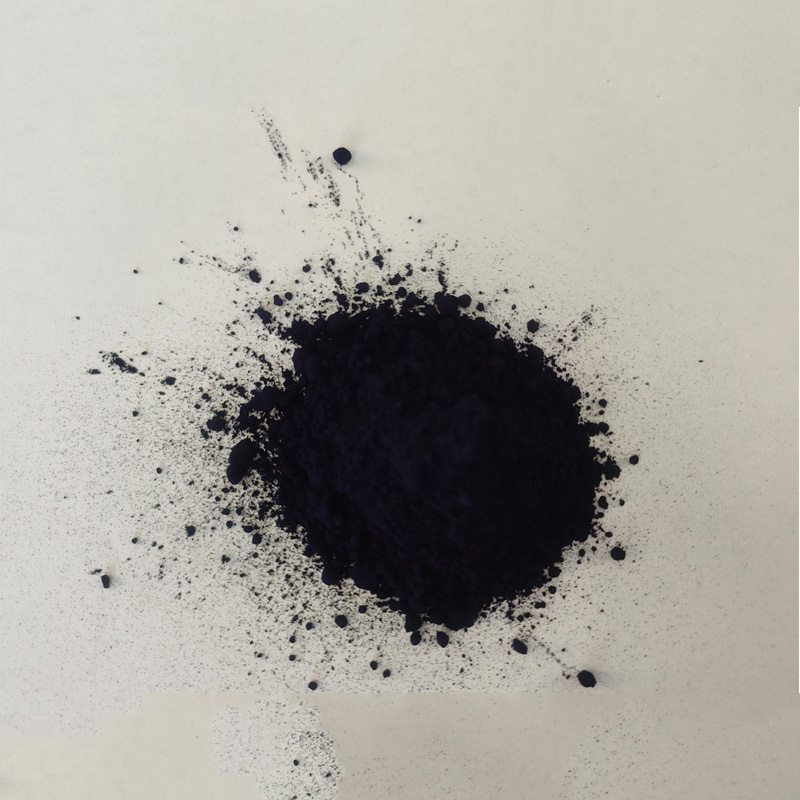Companies specializing in dyes for blue denim garments offer a range of color options.
Dyes for blue jeans play a crucial role in the fashion industry. They are responsible for the iconic blue color that we associate with jeans and are used by companies all around the world to create stylish and trendy denim products. The process of dyeing jeans involves various chemicals and techniques in order to achieve the desired color and finish.
.
In addition to indigo, there are also synthetic dyes that are commonly used in the production of blue jeans. These dyes offer a wide range of colors and finishes, allowing companies to create denim products in a variety of shades and styles. Synthetic dyes are often more cost-effective and easier to work with than natural dyes, making them a popular choice for many denim manufacturers.
dyes for blue jeans companies

Companies that produce blue jeans must also consider environmental and sustainability factors when selecting dyes for their products. The denim industry has come under scrutiny in recent years for its environmental impact, particularly in terms of water usage and chemical pollution. Many companies are now turning to eco-friendly and sustainable dyeing practices in order to reduce their carbon footprint and protect the environment.
One such eco-friendly dyeing technique is known as low-impact dyeing, which uses less water and energy compared to traditional dyeing methods. Companies that prioritize sustainability strive to use low-impact dyes in their denim production in order to minimize their environmental impact and promote more sustainable practices within the industry.
Overall, dyes for blue jeans are a critical component of the fashion industry and play a significant role in creating the stylish and trendy denim products that we all know and love. From traditional indigo dye to modern synthetic dyes, companies have a wide range of options when it comes to creating the perfect shade of blue for their jeans. By prioritizing sustainability and eco-friendly practices, denim manufacturers can continue to produce fashionable and high-quality denim products while also protecting the environment for future generations.
-
Thermal Stability Analysis of Bromo Indigo Pigments
NewsJun.06,2025
-
Sulphur Black Dye Oxidation Process Optimization
NewsJun.06,2025
-
Lightfastness Testing of Bromo Indigo Dyed Denim
NewsJun.06,2025
-
Granule Size Distribution and Jeans Color Uniformity
NewsJun.06,2025
-
Gradient Dyeing Methods with Indigo Blue Granules
NewsJun.06,2025
-
Dyeing Temperature Effects on Sulphur Black Color Fastness
NewsJun.06,2025
-
Sulphur Black Dyes in Daily Use
NewsMay.07,2025

Sulphur Black
1.Name: sulphur black; Sulfur Black; Sulphur Black 1;
2.Structure formula:
3.Molecule formula: C6H4N2O5
4.CAS No.: 1326-82-5
5.HS code: 32041911
6.Product specification:Appearance:black phosphorus flakes; black liquid

Bromo Indigo; Vat Bromo-Indigo; C.I.Vat Blue 5
1.Name: Bromo indigo; Vat bromo-indigo; C.I.Vat blue 5;
2.Structure formula:
3.Molecule formula: C16H6Br4N2O2
4.CAS No.: 2475-31-2
5.HS code: 3204151000 6.Major usage and instruction: Be mainly used to dye cotton fabrics.

Indigo Blue Vat Blue
1.Name: indigo blue,vat blue 1,
2.Structure formula:
3.Molecule formula: C16H10N2O2
4.. CAS No.: 482-89-3
5.Molecule weight: 262.62
6.HS code: 3204151000
7.Major usage and instruction: Be mainly used to dye cotton fabrics.

